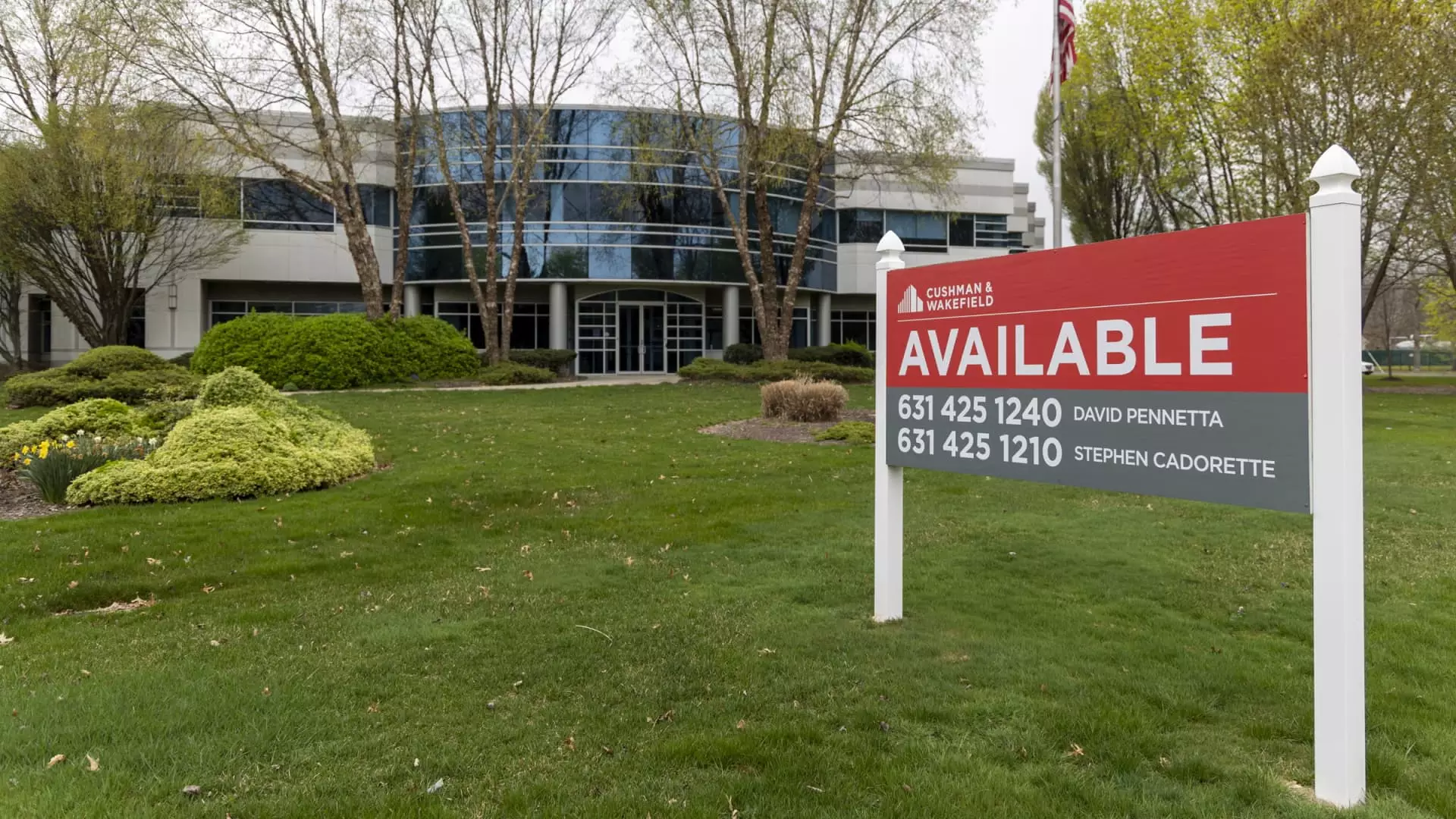The commercial real estate (CRE) market is experiencing a pivotal moment due to recent shifts in monetary policy instigated by the Federal Reserve. Following an extended period of economic uncertainty and rising interest rates, the Fed’s decision to lower the Fed funds rate by 50 basis points in September marks the beginning of a new chapter for commercial real estate, which had been grappling with a multitude of challenges stemming from the pandemic and changing economic conditions.
The Federal Reserve plays a crucial role in shaping the financial landscape. The recent interest rate cuts are particularly significant for interest-sensitive sectors like CRE, which had been facing a downturn that saw stalled deal flow and declining property values. A lower borrowing cost can invigorate investor sentiment and catalyze transactions that had been frozen due to high rates and inflation concerns. Analysts at Wells Fargo noted that while rate cuts alone are not a miraculous solution, they create a conducive environment for recovery in the commercial real estate market.
The psychological impact of the Fed’s decision cannot be overstated. Alan Todd, head of commercial mortgage-backed securities strategy at Bank of America, emphasized that the initiation of interest rate cuts cultivates a sense of financial stability. As buyer confidence returns, those who have hesitated in the market are more likely to engage in refinancing and new transactions—an essential dynamic for invigorating the stalled market.
Recent analysis indicates a resurgence in transaction volumes, marking a notable uptick for the first time since 2022. In the second quarter of 2024, CRE transaction activity soared by 13.9% quarter over quarter, driven particularly by robust sales in the multifamily sector. With over $40 billion in transactions occurring, there is a renewed sense of optimism. However, it is essential to view these figures critically; while they signal positive momentum, the year-over-year comparison shows a decline of 9.4%, highlighting the fragile nature of recovery.
The shift in consumer sentiment is already influencing property valuations as the MSCI U.S. REIT Index experiences gradual improvement. Even as some sectors begin to show recovery signs, it is crucial to recognize that the journey ahead may not be straightforward. Different segments within CRE, such as multifamily housing and commercial retail, may progress at varying speeds, complicating the overall landscape.
While certain areas of CRE exhibit signs of rebounding, the office sector remains in a state of turmoil. Despite a reported positive net absorption rate of over 2 million square feet, the increasing vacancy rates undermine any joyous sentiment. The industry continues to grapple with the residual effects of the pandemic, including the ongoing popularity of hybrid work arrangements and a lack of substantial job growth in office-centric roles.
As noted by analysts, the vacancy rate has now reached unprecedented levels, pushing supply to outpace demand consistently. This condition has left office property values significantly depressed—down nearly 48.7% since 2019, according to recent Wells Fargo assessments. The return of workers to offices has not manifested in sufficient numbers to alleviate these pressures, signifying deeper structural problems within the sector that may take a prolonged period to resolve.
In stark contrast to the office sector, multifamily real estate has witnessed a remarkable increase in net absorption, reaching its highest levels in almost three years. The dynamics favoring multifamily housing underscore significant changes in consumer behavior, particularly as the affordability crisis in homeownership continues to escalate. With the average mortgage payment now at 31% higher than the average rent, more consumers are gravitating towards rentals, appreciating the relative affordability and flexibility apartments offer.
Moreover, with recent stabilization in vacancy rates, the multifamily sector appears to be on an upward trajectory. The balance between supply and demand is slowly regaining equilibrium as rent growth, though modest at around 1.1%, indicates renewed strength. Looking ahead, analysts suggest that rising homeownership costs will sustain demand for rentals, potentially supporting the ongoing growth momentum within the multifamily sector.
As commercial real estate navigates this new landscape shaped by shifting monetary policy and evolving consumer behaviors, it is vital for stakeholders to remain vigilant. While some sectors present renewed opportunities for investment and growth, others, particularly the office market, reveal lingering challenges that could hinder overall recovery. The interplay of interest rates, economic sentiment, and market demand will dictate how quickly and robustly the CRE landscape can rebound from its recent trials. Investors and industry experts must maintain a nuanced understanding of these dynamics as they forge ahead in this complex yet promising environment.

